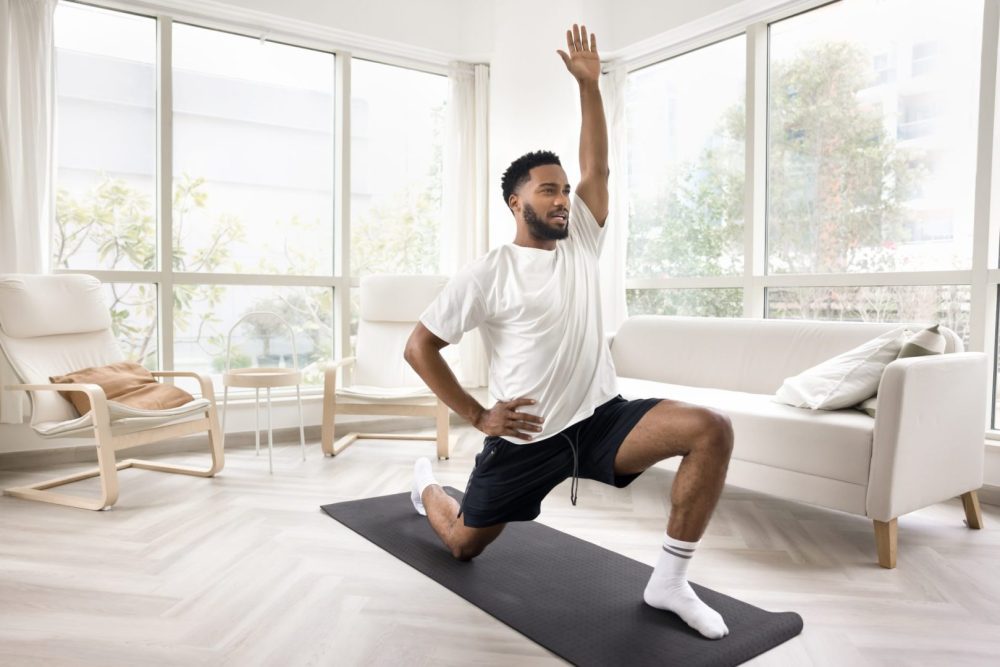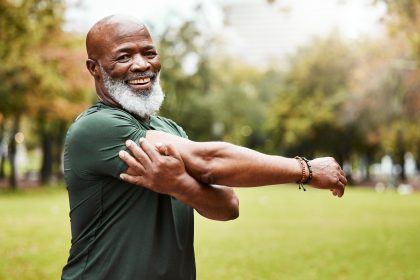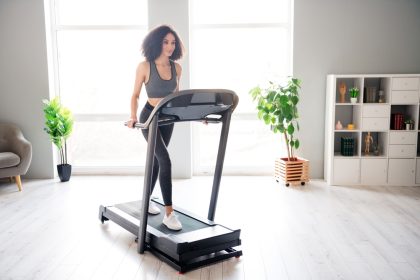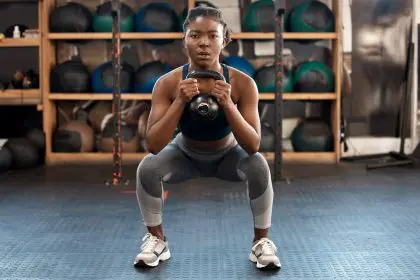Recent research highlights the critical importance of hip mobility in maintaining overall physical health and performance. As a central point of movement, the hips play an essential role in daily activities, from walking to sitting. Scientific studies have shown that targeted hip-opening exercises can not only enhance flexibility but also significantly reduce chronic pain and improve functional movement patterns. These exercises, when performed correctly and regularly, can make a substantial difference in physical well-being, similar to how cognitive health can benefit from early intervention through technologies like AI.
Understanding hip mobility and its impact on health
In today’s sedentary world, modern lifestyle factors—particularly prolonged sitting—can have a profound effect on hip function. The hip joint is one of the most complex joints in the body, and its mobility is often compromised by habits like sitting for extended periods. This lack of movement results in tight hip flexors and weakened surrounding muscles, which, over time, can lead to pain and injury. Research underscores the importance of regular mobility work to maintain optimal joint health and prevent the adverse effects of a sedentary lifestyle. Similar to the need for mobility in physical health, the need for precise diagnostic tools in healthcare is growing, with AI now being explored for early detection of cognitive decline, such as Alzheimer’s.
Anatomical considerations and movement patterns
Hip mobility involves the coordination of several muscle groups and complex movement patterns. Much like a well-designed algorithm, the hip joint relies on the balanced interaction of muscles to function effectively. These muscles include:
- Hip flexors and extensors
- Internal and external rotators
- Abductors and adductors
- Stabilizing muscles
Each muscle group plays a vital role in maintaining the hip’s full range of motion, ensuring functional flexibility and reducing the risk of injury. In a similar vein, understanding the brain’s intricate systems and neural connections is crucial for diagnosing Alzheimer’s. As researchers continue to study how changes in brain function can lead to cognitive decline, AI tools are beginning to show promise in predicting conditions like Alzheimer’s through analysis of early signs, such as changes in speech patterns.
Targeted hip exercises for functional mobility
Effective hip mobility is achieved through a series of targeted exercises designed to improve flexibility and reduce discomfort. These exercises focus on key movement patterns and muscle activation that enhance joint health and functionality.
- High lunge development: This movement targets multiple muscle groups, primarily focusing on the hip flexors and quads, while engaging the hamstrings and glutes as secondary muscles. To execute this movement, begin by standing with your feet hip-width apart. Step one foot back and lower your back knee toward the ground while keeping your torso upright. Hold the position and breathe deeply to improve flexibility and strength in the hip flexors.
- Hip rotation dynamics: Hip rotation is critical for maintaining joint health. This exercise enhances synovial fluid circulation, improves joint capsule mobility, and activates stabilizing muscles. Start with your feet hip-width apart and initiate a circular motion with your hips, making sure to engage your core and maintain a stable posture. Progress through the full range of motion, reversing direction to increase mobility and joint function.
- Kneeling hip flexor activation: This exercise targets chronically tight areas, such as the psoas, which can lead to lower back tension. By releasing tightness in the hips, this exercise also improves posture and enhances walking mechanics. Start in a kneeling position, ensuring that your front knee aligns with your ankle. Press your hips forward gently, keeping your torso upright and engaging your core to maintain stability.
In the same way that these exercises improve joint health, AI tools are being developed to enhance cognitive health. These tools use data analysis to predict Alzheimer’s and other cognitive disorders, analyzing patterns in speech, behavior, and other early signs to give healthcare providers an early warning system.
Effective strategies for hip mobility integration
Incorporating hip mobility exercises into a regular routine is crucial for long-term health. Much like a successful healthcare system, a structured approach to exercise leads to better outcomes. Effective integration requires progressive overload, regular practice, and proper form. Research supports daily practice for consistent improvement, with multiple short sessions being more beneficial than occasional long ones. To ensure safety and effectiveness, it is essential to prioritize form and avoid overextending the body during exercises.
In terms of frequency, daily practice can significantly improve flexibility and mobility. A commitment to regular practice, combined with a focus on proper form and gradual progression, can help individuals maintain optimal hip health and reduce discomfort associated with a sedentary lifestyle. Likewise, AI-driven diagnostic tools require consistent use and regular refinement to remain effective in predicting conditions like Alzheimer’s.
Safety considerations and progress monitoring
As with any exercise routine, safety is key. Proper alignment, controlled movement, and correct breathing patterns are essential to prevent injury. Monitoring progress is also vital to ensure that individuals are improving their hip mobility over time. Range of motion tests, pain reduction tracking, and assessing functional capacity can help individuals determine whether they are achieving their goals. Similar to these safety considerations in physical exercises, AI tools in healthcare must also be implemented with care. Issues such as data privacy, accuracy, and continuous evaluation need to be addressed for these tools to provide reliable and accurate predictions for conditions like Alzheimer’s.
Both hip mobility exercises and AI tools offer a comprehensive approach to improving health. While hip exercises enhance physical mobility, AI is transforming the healthcare landscape by offering precision tools for predicting and diagnosing cognitive decline. Both approaches focus on early intervention and consistent monitoring to improve long-term health outcomes, emphasizing the importance of proactive measures in both physical and cognitive wellness.
Conclusion
Incorporating targeted hip mobility exercises into daily routines can significantly improve flexibility, reduce pain, and enhance functional movement patterns, addressing the adverse effects of a sedentary lifestyle. Just as the body benefits from improved mobility, the mind can benefit from the advancements in AI tools designed to predict Alzheimer’s with precision. These tools allow healthcare professionals to intervene earlier, providing better treatment options and improving quality of life. As the fields of both physical and cognitive health continue to evolve, innovations like AI and focused mobility exercises hold the key to a healthier future.















